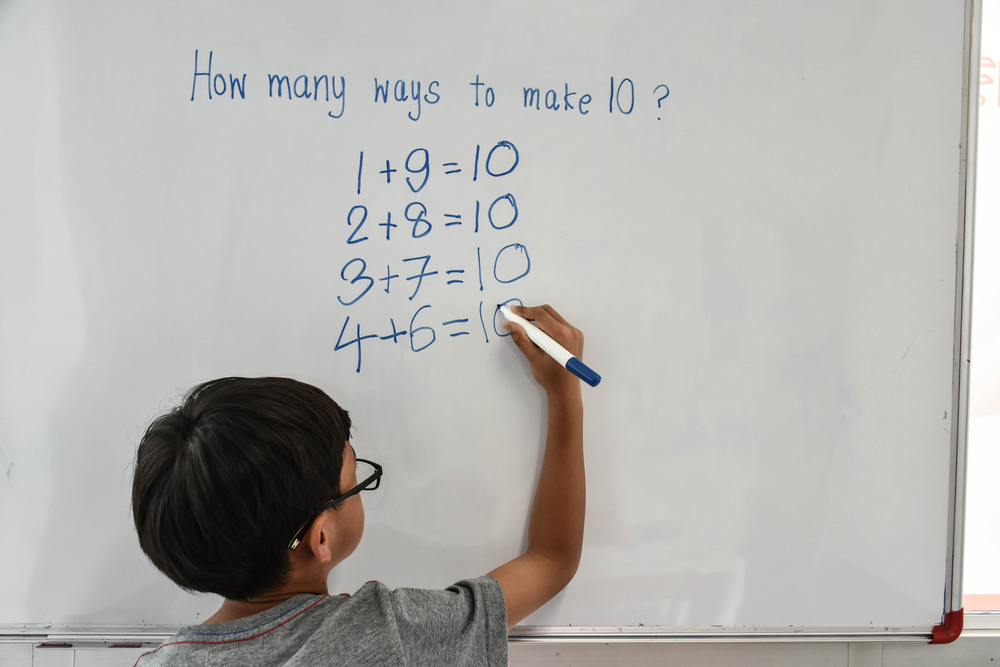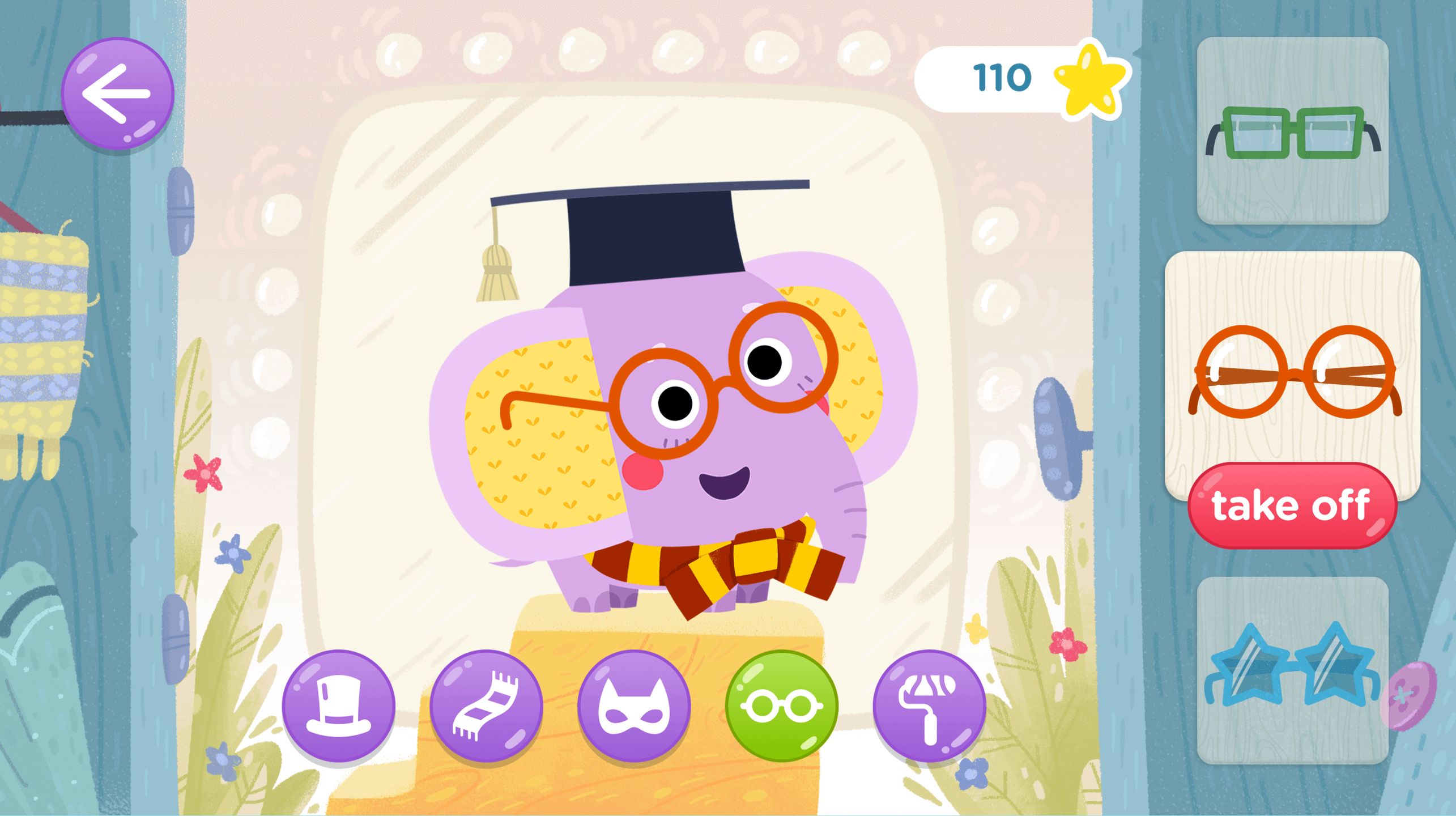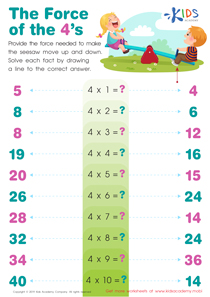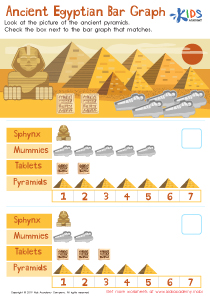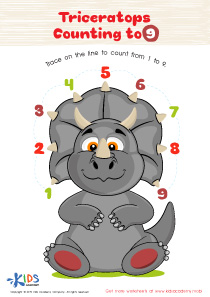Visual Learning Easy Addition & Subtraction Worksheets for Ages 4-7
5 filtered results
-
From - To
Discover our "Visual Learning Easy Addition & Subtraction Worksheets" designed specifically for children ages 4-7. These engaging, colorful worksheets utilize visual aids to help young learners grasp the concepts of addition and subtraction with ease. Tailored to reinforce mathematical skills through interactive activities, these resources promote active learning and critical thinking. Parents and educators can utilize these worksheets to enhance classroom learning or facilitate home practice. Support your child's early math journey with our thoughtfully crafted materials that make learning both effective and enjoyable, laying a solid foundation in mathematics for years to come. Get started today and watch your child's confidence grow!
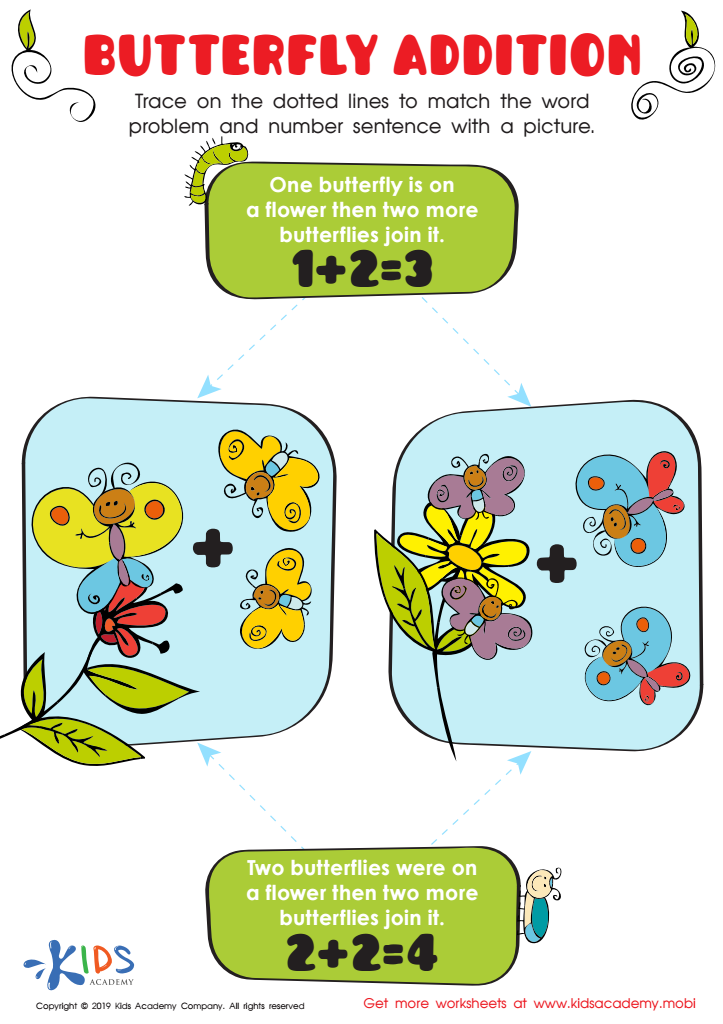

Butterfly Addition Worksheet


Subtracting Socks Worksheet
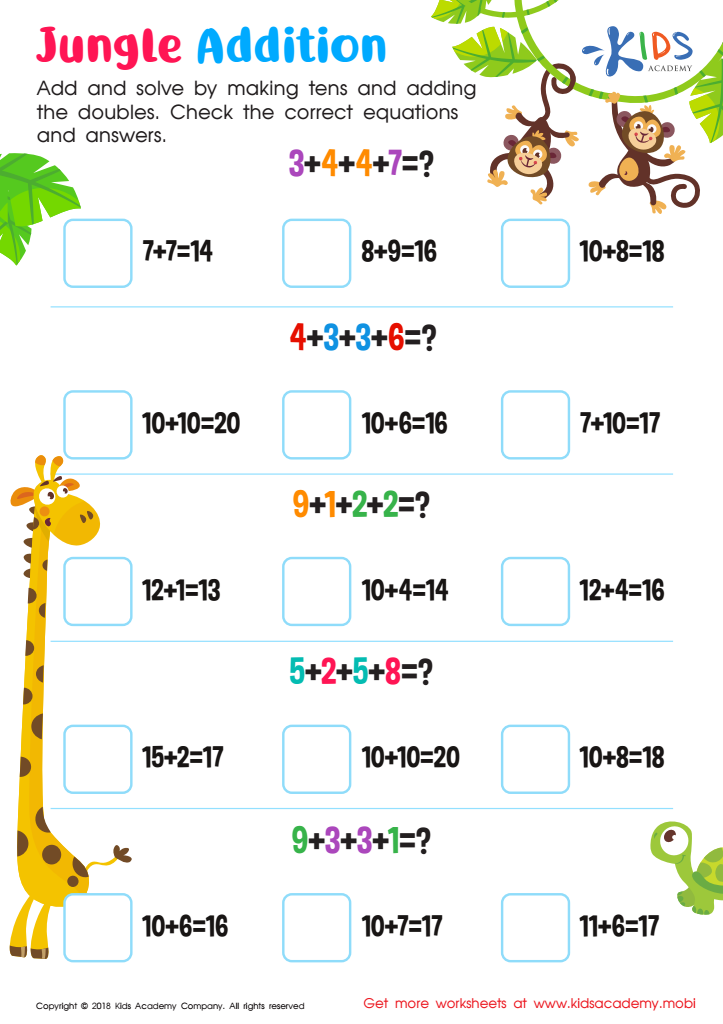

Jungle Addition Worksheet


Addition at the Zoo Worksheet
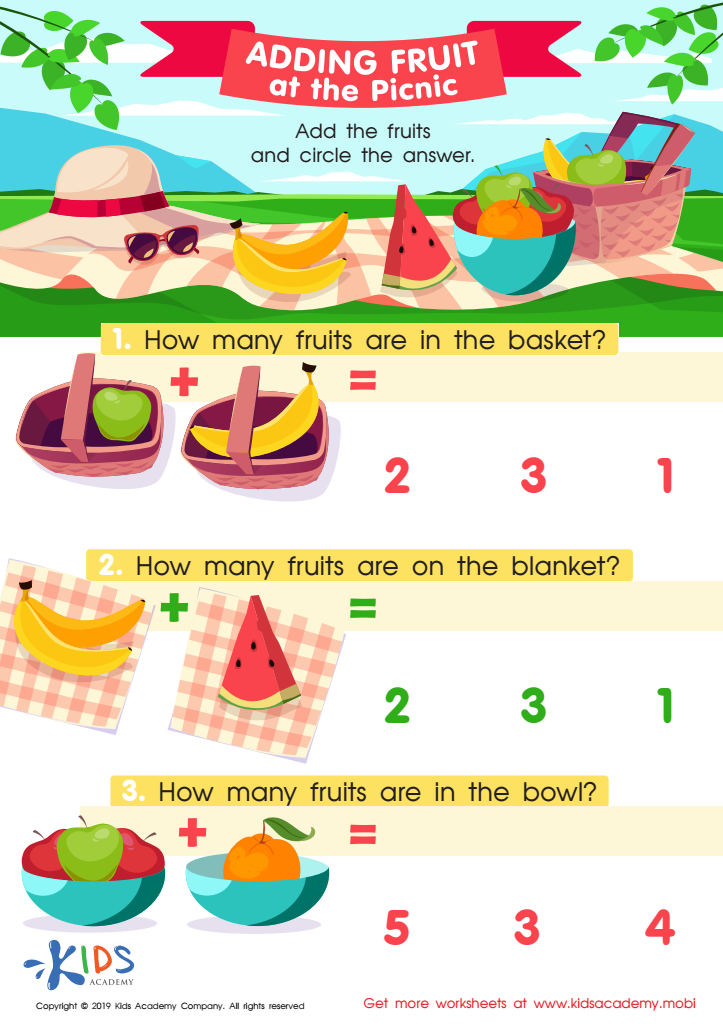

Adding Fruit at the Picnic Worksheet
Parents and teachers should prioritize Visual Learning Easy Addition & Subtraction for children ages 4-7 because this age group is in a critical phase of cognitive development. At this early stage, children often grasp concepts more effectively through visual aids that cater to their natural curiosity and need for engagement. Visual learning uses colorful graphics, interactive tools, and manipulatives that not only simplify complex ideas but also make learning fun and interactive.
Engaging with visual aids helps children establish a solid foundation in mathematics. By using images, objects, and diagrams, they can better understand the relationships between numbers and how addition and subtraction operate. This approach encourages active participation, making abstract concepts tangible, which is crucial for young learners who may find traditional methods overwhelming.
Furthermore, mastering basic math skills through visual learning enhances kids' confidence and critical thinking abilities. It prepares them for more advanced concepts later in their education. Overall, by fostering a positive and engaging learning environment, parents and teachers can help children develop not just math skills, but also a lifelong love for learning. Investing time in these practices can lead to a more profound understanding and retention of foundational math concepts.
 Assign to My Students
Assign to My Students






